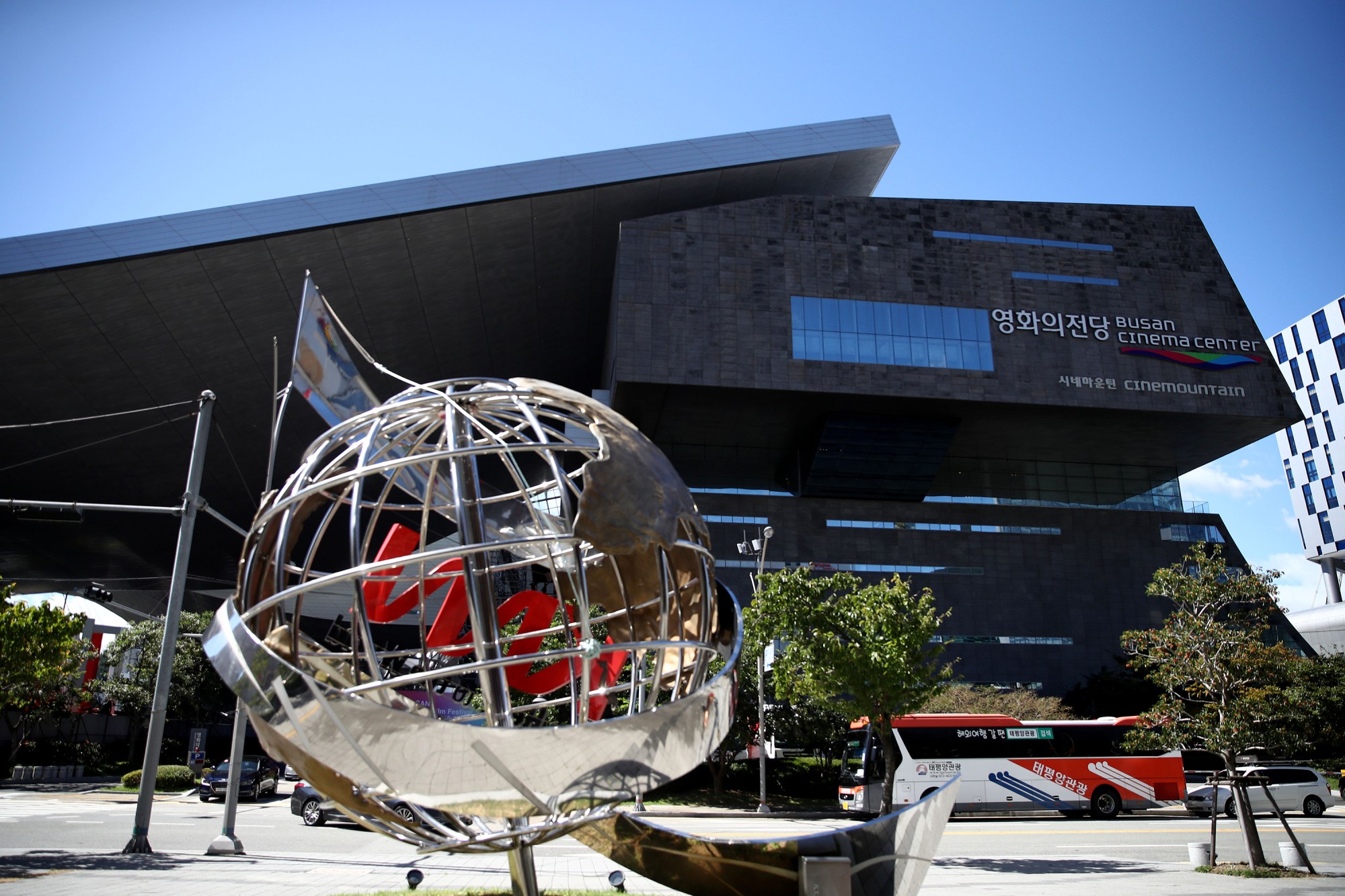
- Industry
The Asian Invasion: From Obscurity to Triumph
A colossal, odd-shaped spaceship crash landed in the Haeundaegu-District of Busan, South Korea’s second-largest city, and nobody cleaned up the mountain of debris.
That could be the first impression a visitor has at the sight of a remarkable building. Of course, it’s the daring architecture (by Austrian architects COOP HIMMELB(L)AU) that is stunning. More awe-inspiring is the fact that it even exists.
Is there another metropolis anywhere, outside of the axis of Los Angeles-Hollywood, that erected a comparable monument for the art, craft, and celebration of the film?
At its inauguration in 2011, South Korean President Lee Myung-bak proudly called the Busan Cinema Center “the greatest and the most beautiful one for exclusive cinema use”. The building catapulted the Busan International Film Festival (BIFF) into one of the three top film festivals in Asia – Hong Kong and Tokyo being the other two. But President Myung-bak pronounced an even more far-reaching goal: “BIFF will be among the three top film festivals in the world”.
The Busan Cinema Center is, clearly, a statement of ambition.
During only one generation, the major Asian countries underwent remarkable changes. But the strengthening of Asian industrial muscle made one glaring mismatch even more obvious: Asia delivered the gadgets, but Hollywood still took care of the content.
Asian countries, used to their proficiency and successes in exporting their manufactured goods, reacted to those shortcomings by concentrating on the export of cultural value. They started to pump substantial funds into all areas of the entertainment industry, launching satellites, building state-of-the-art studios, and sponsoring film projects and film festivals.
Much was done. Still, early results fell short. Export revenues were disappointing. There was no significant image boosting. Exciting new areas of accomplishment and pride remained elusive.
And there was hardly any Asian presence at the major Western rituals of recognition: Cannes, Venice, Golden Globes, Oscars.
China invited Hollywood studios and talent for co-productions. After many early, rather disappointing attempts, the combined efforts paid off with US-Sino films such as Iron Man 3 or Kung Fu Panda 3. Jon Turtlebaum’s prehistoric shark picture The Meg, a co-production between Warner Bros. and China Media Capital’s Gravity Pictures, earned $527.8 million worldwide. China’s revenue ($153 m) surpassed the U.S. ($143 m)
South Korea seemed to react to a moral boost injected by Quentin Tarantino, who, at the 2013 edition of the Busan Film Festival, encouraged local filmmakers to think outside the box.
That he had a point became official a few years later, when a delegation of the Korean ministry of culture visited Los Angeles to learn about co-productions and the mechanisms of the annual award season. In preparation for the meetings, a study of the Korean film output found a significant characteristic:
The trauma of a nation cut into ideologically opposite halves is rooted so deeply in the national psyche that it became discernable in almost all its films, whether as the main theme or in the background. There was a superhero who could jump over the demarcation line separating north and south. There were smugglers who exchanged goods between the two enemy countries. There was a grandma in the north who longed to see her grandchildren before she closes her eyes forever.
In other words: Korean films were found to be mostly monothematic instead of universally approachable.
That was then. Fast Forward to now. “The Observer”, a British periodical, recently called South Korea “The New Hollywood”:
Yeon Sang-ho’s 2016 film Train to Busan wrote a new chapter in the zombie genre. In 2017, director Bong Joon-ho caught the attention of the film world with the story of a girl protecting a giant pig-like creature in Okja. A story by the bestselling Japanese author Haruki Murakami found its way to film with the award-winning Burning (2019). One year later we witnessed a Golden Globe win for Minari, the year of Bong Joon-ho’s triumph with Parasite, which garnered practically all eligible major awards from Cannes to the Globes and Oscars.
Asia is no longer a mere after-thought in the international media landscape. Its “refreshingly original and genre-bending output” (The Observer) went hand in hand with the mutual benefits of capital flowing between East and West.
A dramatic example was set when Asia “saved” Hollywood: In 2019, Hollywood’s content providers were confronted with a 15 percent loss in domestic box office revenues. This loss was compensated by a 15 percent increase in international revenues, mainly due to the expansion of Chinese and other Asian theatrical markets.
After a history of distance and distrust, there is now surging cooperation – which comes with its own set of perils. At the Asia Society’s annual U.S.-China Entertainment Summit in Los Angeles, Chen Rong, CEO of Perfect Word Pictures, likened the flurry of co-productions and co-financing to driving “80 miles per hour in a parking lot”.

